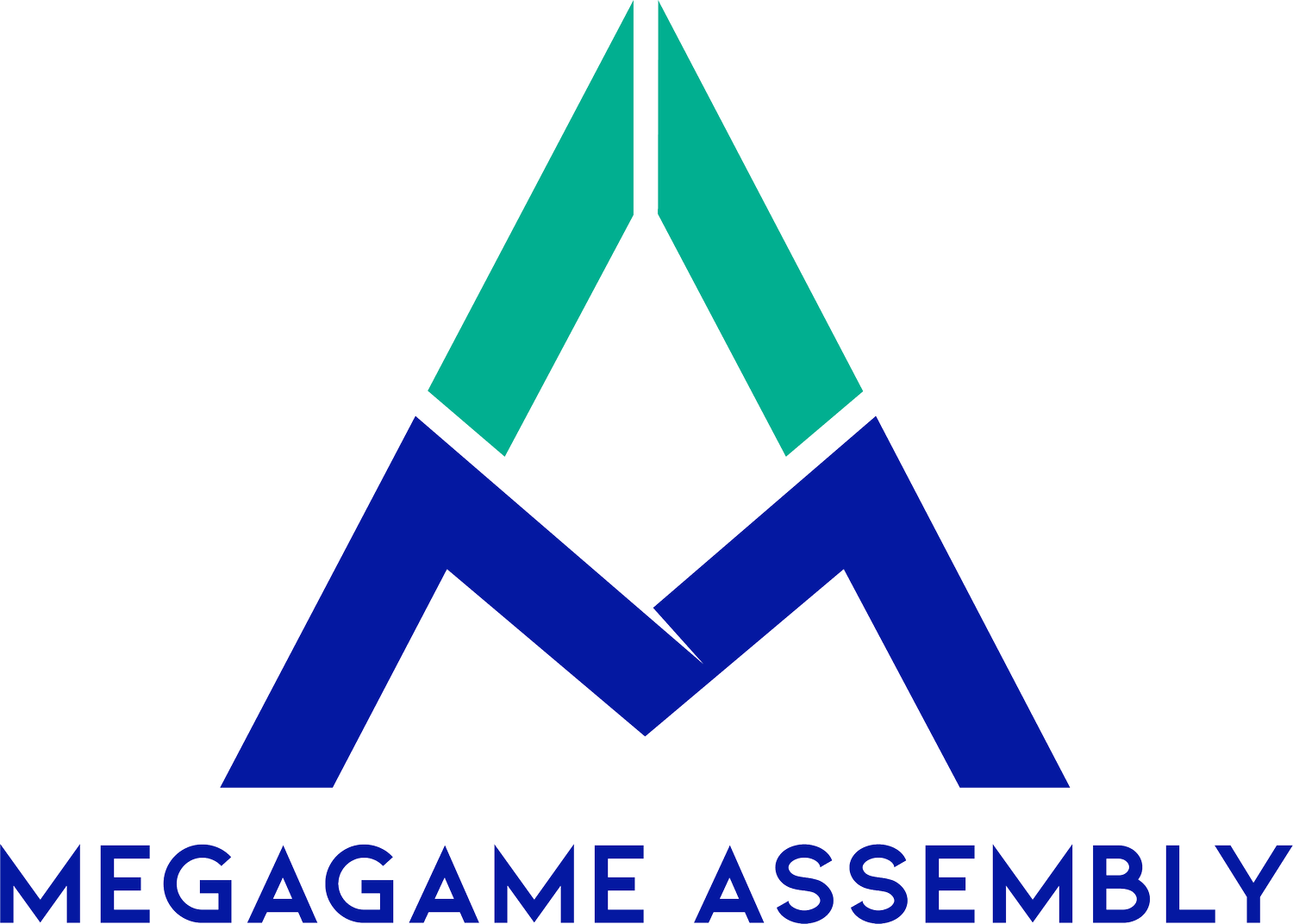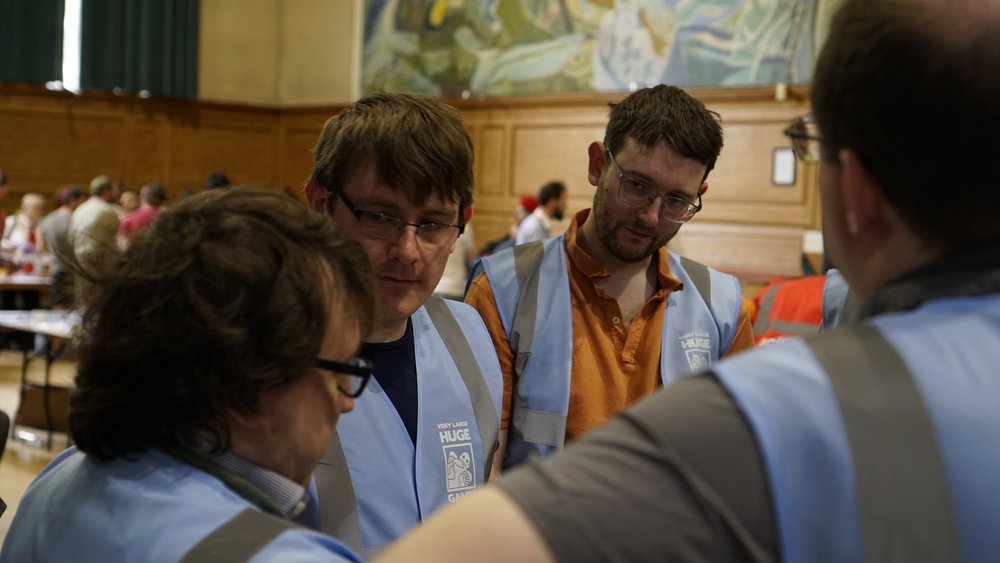How to run a megagame - part 6
Plan the real debrief
For a lot of games, the organiser lets players know where they can go after the game has ended to have a drink, something to eat and find out what really happened. If you have a local bar or restaurant you think would be ideal for this purpose, I’d recommend you let them know rough numbers and what time you expect people to roll up. There’s nothing worse than for 5pm to hit and suddenly the unknowing bar is inundated with hungry megagamers who want nothing more than to chat with each other about what was really going on at your game.
Tell me what you really think
If you plan to run your game more than once it is probably a good idea to collect feedback from the players. Fortunately there are very easy ways to do this, including using Google Forms, Survey Monkey or any of the other free survey tools out there.
For First Contact, we created this form to collect the responses.
When sending out the form, use it as a chance to ask your players to sign up for your mailing list and let them know you will take action on their feedback, if you agree with it. We chose to run a competition whereby one player who submitted their responses would win a free ticket to the next game. We found this drove quite a few players to provide their feedback which was very useful for us.
I’d recommend sending the form out within 24 hours of the game – this will give your players enough time to gather their thoughts but not too much time to forget everything that has happened. Any feedback received in this way is available to you digitally and can be reviewed easily. The downside of this option is of course that probably quite a few players will not complete the form, as real life gets in the way once the game has ended.
Another option is to print feedback forms and ask your players to respond at the end of the game, during the debrief. This way has the benefit of instant feedback and likely all the players completing the form. The downsides include having to manually transcribe the data to electronic form and the potential that the players are exhausted and possibly on emotional highs or lows that could skew the data dramatically.
Facilitators huddling at First Contact. Credit: Very Large Huge Games
Maybe you can hire the A-Team
In addition to the people potentially helping you organise your megagame, you’re going to need a team of control (aka facilitators) to help everything run smoothly on the day. Control can be the same people as your organisation team, potentially with some extra folks or a totally different group, but they’re going to need to be briefed beforehand.
Controlling a game can be a stressful experience, but also an extremely rewarding one! Depending on the game you’re running, you may need different skills, but sometimes beggars can’t be choosers.
It will depend on the game you are running, but most modern megagames utilise game control (likely you if you’ve designed and/or organised everything), plus mechanical and plot control.
Mechanical control generally focuses on the map(s) and other written rules that need to be resolved each turn. Board gamers and people who enjoy implementing and learning rules are great for this kind of role.
For plot control, think of role-playing GM/DMs, the people who have lively imaginations and can bring a world to life in front of your player’s eyes. These folks can think on their feet, but also let players know it will take a turn or two to set things up, which gives them a chance to go away and consult with the other control to figure out the best response.
You’ll need to work out the total number of control you ideally need and which of each type. If your control players can help you organise the venue on the day that’s even better, and if the budget allows it, at least buying them a drink after the game has ended will be much appreciated. As your control team are generally volunteers (and could well be your friends), I’d recommend not charging them to help run the game - after all, they are giving up a day of their weekend to assist you and you’ll likely want them to step up again at future runs!
To ensure your control players know exactly what they will be doing at your game, set up some online training sessions through Discord or another app you’re familiar with. While expecting your control to read the appropriate handbooks will get you so far, everyone learns in different ways and being able to run your map control through a couple of turns online through a Miro board could make all the difference on the day.
Likewise, for your plot control, giving them the chance to ask you rules and setting questions, and what type of game you are expecting to put on (for example, will you allow Godzilla to rise from the depths in your run of Watch the Skies?). This is a great way to get everyone on the same page and maintain the same “tone” for the game.
Clothing your control team
In a busy environment that is a megagame, you might consider (if you have the budget) purchasing something for your control team to wear to be highly visible to the players and each other.
For First Contact, we decided upon hi-vis vests branded with the Very Large Huge Games logo and in various colours for the different parts of the game. However you could choose something as simple as a baseball cap or a specific t-shirt design.
It isn’t essential to ask your control team to wear the same item of clothing, but will likely help their identification across a busy room and looks good in the photos. It’s also something nice to give to your control team as thanks for helping you run the game.
Would you buy t-shirts for your control team? Let us know on our Facebook group.
In part 7 Chris covers taking photos to promote your games, selling merch and asking for help if you need it.


